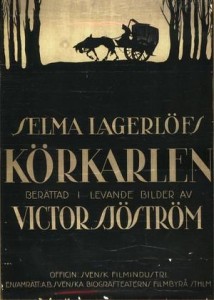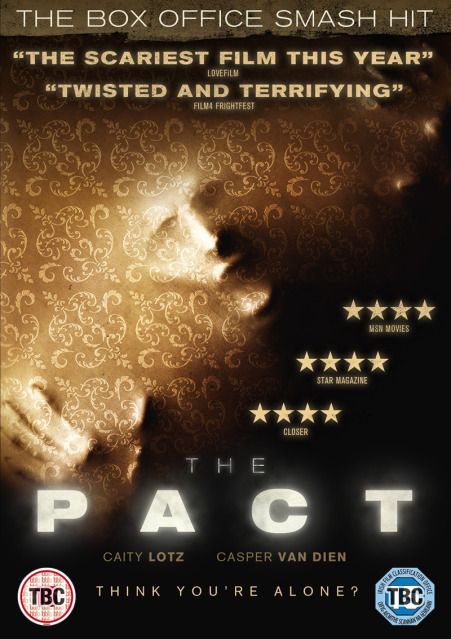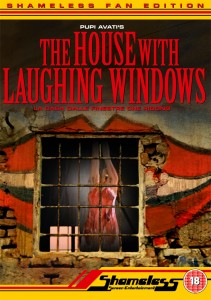 When it comes to cult Italian horror films, a few notorious names instantly spring to mind. From Lucio Fulci to Ruggero Deodato, Dario Argento and Mario Bava; there’s no doubt that these directors are some of the best names in cult Italian cinema. But with Shameless Screen Entertainment’s upcoming release of one of the greatest and most atmospheric gialli, The House With Laughing Windows, what better time than now, to look at the man responsible for this eerie thriller; Pupi Avati. Having directed over 40 films and television show, his career has spanned many genres from buddy comedies and even a musical, but he’ll always be best-known for his gripping horror films!
When it comes to cult Italian horror films, a few notorious names instantly spring to mind. From Lucio Fulci to Ruggero Deodato, Dario Argento and Mario Bava; there’s no doubt that these directors are some of the best names in cult Italian cinema. But with Shameless Screen Entertainment’s upcoming release of one of the greatest and most atmospheric gialli, The House With Laughing Windows, what better time than now, to look at the man responsible for this eerie thriller; Pupi Avati. Having directed over 40 films and television show, his career has spanned many genres from buddy comedies and even a musical, but he’ll always be best-known for his gripping horror films!
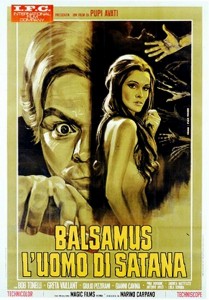 His film career kicked off instantly with a little horror film titled Balsamus l’uomo di Satana (AKA. Blood Relations – The Man Of Satan). With the tagline ‘Grotesque ‘Bordello’ of Nightmares!’ and it’s surreal, twisted nature, you’d be mistaken for thinking Pupi Avati’s future would be gushing with blood, gore and gruel. However, his entries in the horror genre have been low on guts, but high on tension!
His film career kicked off instantly with a little horror film titled Balsamus l’uomo di Satana (AKA. Blood Relations – The Man Of Satan). With the tagline ‘Grotesque ‘Bordello’ of Nightmares!’ and it’s surreal, twisted nature, you’d be mistaken for thinking Pupi Avati’s future would be gushing with blood, gore and gruel. However, his entries in the horror genre have been low on guts, but high on tension!
In 1976, Avati created his masterpiece. The House With The Laughing Windows takes the giallo genre (which was beginning to fade) into frightening new lands. What can be described as Don’t Look Now meets Fulci’s Don’t Torture A Duckling, this giallo is set away from the hussle-bustle swinging cities and deliberately subverts the gratuitous nudity and violence that this ‘genre’ had become known for. Instead, we’re treated to a Gothically stylistic rural thriller, drenched and entombed in an eerie atmosphere, taking reference from the best of Mario Bava.
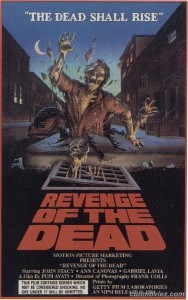 His next cult success came six years later with the bizarre zombie film, Zeder. Dipping his toes into the genre, Avati’s surreal, mesmeric fingerprints can be seen stamped all over this movie. While Italian cinema was bombarded with throat-rippings, flesh-eating and shotgun blasts to the face in the hugely popular zombie boom, once again Avati gives us something much more refined. This chiller ditches the gore for a moody, dark and, again, atmospheric classic.
His next cult success came six years later with the bizarre zombie film, Zeder. Dipping his toes into the genre, Avati’s surreal, mesmeric fingerprints can be seen stamped all over this movie. While Italian cinema was bombarded with throat-rippings, flesh-eating and shotgun blasts to the face in the hugely popular zombie boom, once again Avati gives us something much more refined. This chiller ditches the gore for a moody, dark and, again, atmospheric classic.
Since these two incredible movies, Pupi Avati has dabbled with the horror genre with very successful results. In the mid-90s, his film The Arcane Encounter proved once again his talent, with Guillermo del Toro being one of it’s biggest fans!
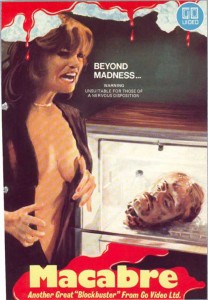 But don’t be fooled into thinking that Avati doesn’t have a sleazy side. Whilst his directed films may be classy, some of the screenplays he’s written are anything but! Helping to pen Lamberto Bava’s first movie, Macabre, Avati is also responsible for writing the super controversial Salo!
But don’t be fooled into thinking that Avati doesn’t have a sleazy side. Whilst his directed films may be classy, some of the screenplays he’s written are anything but! Helping to pen Lamberto Bava’s first movie, Macabre, Avati is also responsible for writing the super controversial Salo!
Shameless Screen Entertainment’s THE HOUSE WITH LAUGHING WINDOWS is out Monday 19th November. Pre-order yours here!

